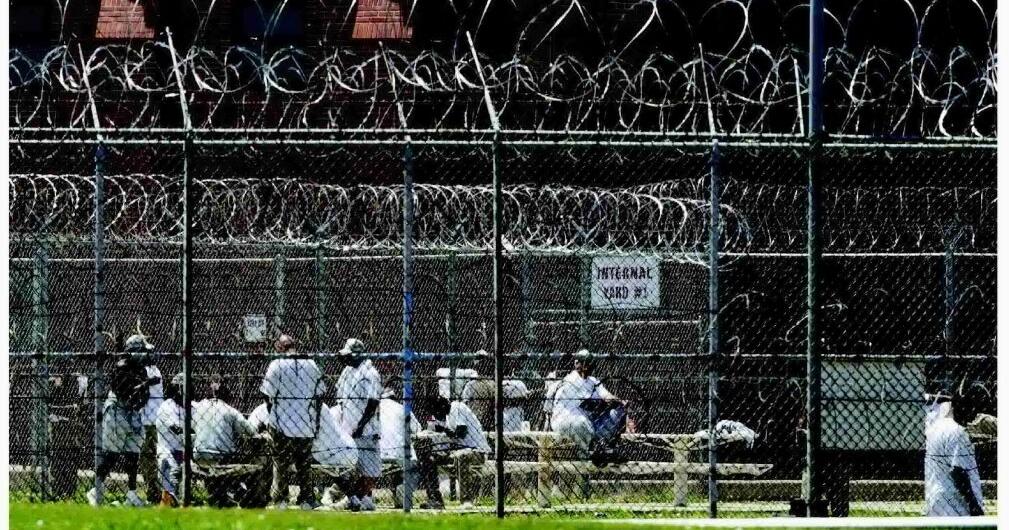The Nebraska prison system’s plan to release approximately 1,400 inmates earlier than scheduled has sparked significant pushback from lawmakers and advocacy groups. This initiative, set to be implemented on January 1, 2024, aims to alleviate overcrowding in state facilities. Critics argue that the move could compromise public safety and undermine rehabilitation efforts.
The Nebraska Department of Correctional Services has defended its strategy, asserting that it adheres to recommendations from the Council of State Governments. The department emphasizes that the early release is designed to address the pressing issue of overcrowding and to facilitate smoother reintegration of inmates into society.
However, opposition from the state legislature is mounting. Senator John Cavanaugh has been vocal in his concerns, questioning the adequacy of resources available to support the reintegration process. “We need to ensure that these individuals are prepared for life outside prison, rather than simply pushing them out the door,” he stated. Cavanaugh’s remarks highlight a broader concern regarding the potential risks associated with accelerated inmate releases.
In Nebraska, the prison system has struggled with significant overcrowding issues over the past few years. Current statistics indicate that state facilities are operating at about 150% of their intended capacity. This overpopulation has led to increased tensions among inmates and staff, prompting the need for urgent reforms.
The early release plan is part of a larger strategy aimed at reducing the prison population while maintaining safety protocols. Supporters of the initiative argue that it is aligned with national trends emphasizing rehabilitation rather than punishment. They point to various studies suggesting that providing inmates with support services upon release can significantly reduce recidivism rates.
Despite these arguments, the backlash has raised important questions about the readiness of the state to handle such a significant transition. Critics are calling for comprehensive plans to ensure that released inmates have access to job training, housing assistance, and mental health services. Without these supports, there are fears that many may struggle to adapt and could return to criminal behavior.
As the implementation date approaches, the debate is intensifying. Lawmakers are expected to hold further discussions on the implications of the early release plan in the coming weeks. The outcome of these discussions could shape the future of Nebraska’s correctional policies and impact the lives of thousands of inmates and their families.
The situation reflects a broader national conversation about criminal justice reform, rehabilitation, and public safety. As states grapple with similar issues, Nebraska’s decision will likely serve as a focal point for ongoing discussions about the balance between managing prison populations and ensuring community safety.
Stakeholders, including community organizations and correctional officials, are urged to collaborate in developing strategies that prioritize both public safety and successful reintegration for returning citizens. The approach taken in Nebraska could set a precedent for other jurisdictions facing similar challenges.







